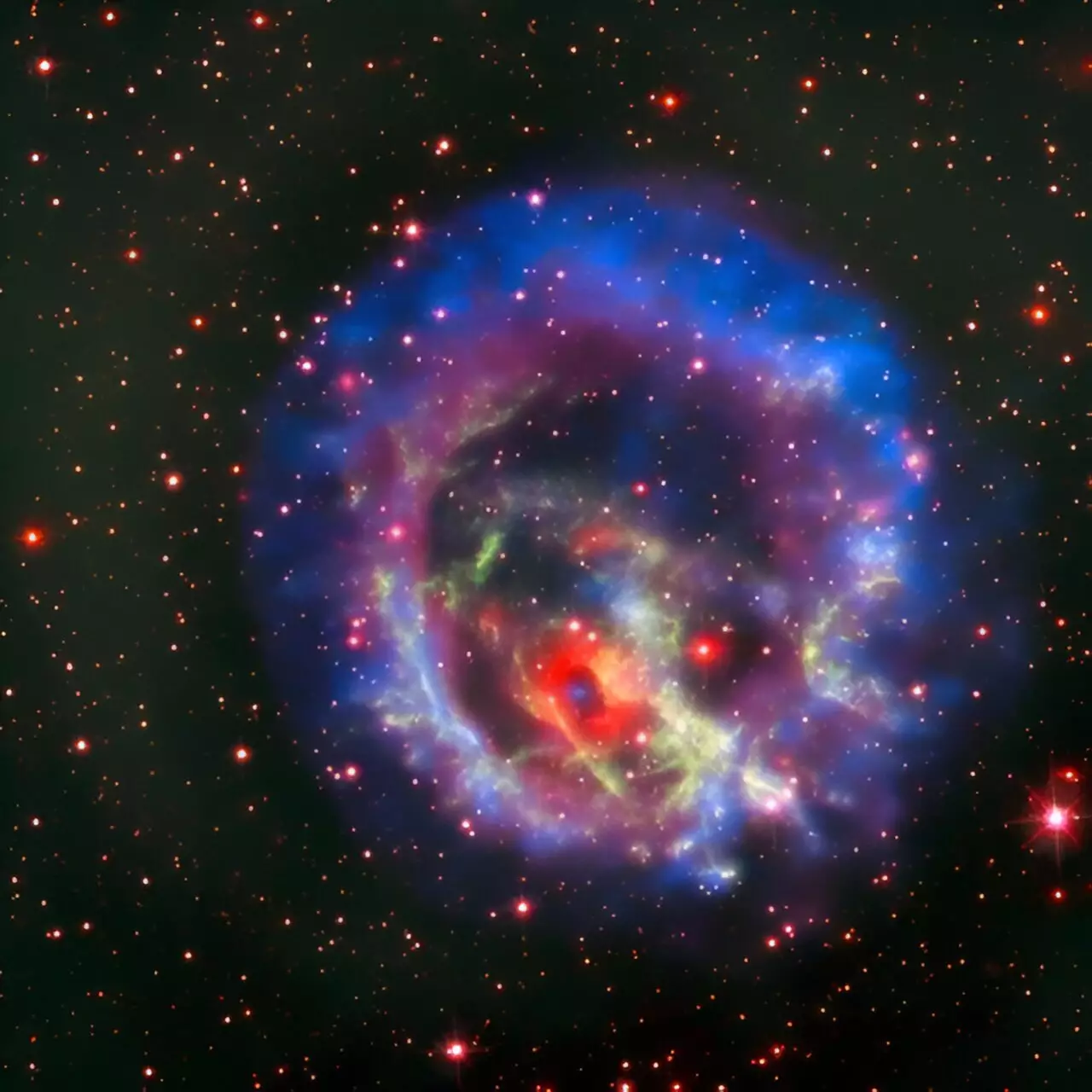The early universe remains one of the most enigmatic subjects in modern astrophysics, drawing researchers into a fervent quest to unravel its secrets. Recent theoretical analyses suggest that laboratories around the world are on the brink of duplicating a unique state of matter from that primordial era—one that could lead to the creation of the strongest known electromagnetic fields. Hidetoshi Taya, a physicist at RIKEN, along with his colleagues, posits that not only are they aiming to imitate the conditions prevailing shortly after the Big Bang, but they are also unknowingly paving the way to study unexplored physics phenomena.
Conventional wisdom, rooted in the Standard Model of particle physics, posits that if matter reaches extreme temperatures and densities, it transitions into a quark-gluon plasma. This exotic state consists of fundamental particles, which are deeply intertwined, akin to a primordial soup. However, considerable theoretical uncertainty still lingers around these predictions, especially when it comes to conditions that transcend current high-density models. Taya emphasizes the urgent necessity for experimental verification of these theories, underscoring that physics is continuously pushed to its limits when it comes to understanding such extreme environments.
Historically, experiments involving the collision of heavy ions have concentrated on exceedingly high energies, primarily targeting temperatures that exceed those present in the universe’s startling infancy. In a significant shift, scientists are now pivoting their focus towards intermediate energy ranges. This change is not merely a trivial alteration in technique; it reflects a deeper understanding that these intermediate energies are crucial for generating the high-density atmospheres akin to those found within neutron stars and supernova explosions, phenomena that echo the universe’s violent and transformative era.
The shift in focus also raises essential questions about how we gather data and interpret findings in high-energy physics. Instead of merely seeking intense temperatures, researchers now aim to evaluate what happens to quarks and gluons under varying, yet extreme, conditions—those that could simulate the densest environments observed in cosmic history. Taya contemplates the significance of these new methodologies: “This isn’t just about achieving a number but rather uncovering the very origins of matter itself.”
Significantly, Taya’s research delves into how extraordinarily strong electromagnetic fields could emerge as an unforeseen consequence of these heavy-ion collisions. This theoretical exploration raises exciting implications for the field of physics, suggesting that the confluence of these experimental conditions might unlock access to new physical laws that have thus far eluded comprehension. Notably, Taya highlights that the strength of the fields produced in these collisions could dwarf current capabilities—fields potentially thousands of times more powerful than the most intense lasers available today.
What makes this investigation even more compelling is its focus on the persistence of these electric fields. Unlike transient phenomena typically studied in physics, these long-lasting fields could allow researchers to probe scientific mysteries that were previously inaccessible. Nonetheless, a challenge remains: the inability to directly measure these fields in experimental setups. Taya notes that while researchers can examine the observable particles that emerge from these collisions, the indirect nature of this evaluation complicates the validation of theoretical predictions.
The journey to verify Taya’s predictions will not be simple. A significant hurdle is the limited methods available for gauging the strong electromagnetic fields generated during collisions. To attain a clearer understanding of how these fields affect particle behavior, thorough experimental studies are imperative. Taya stresses that bridging the gap between theoretical expectations and experimental realities is essential for advancing knowledge in physics.
Ultimately, the work being conducted is rich with potential. If these strong electromagnetic fields are indeed realized, they could pave the way for groundbreaking discoveries that not only enhance our understanding of the universe’s conditions soon after the Big Bang but also provide insights into phenomena like black hole formation and neutron star behavior. These explorations serve to further our grasp of the fundamental building blocks that constitute the universe, illustrating how even the most hidden phenomena can reshape our perception of reality.

